So, you’re wondering how to cook alligator meat in the oven? Let me tell you, this isn’t just another recipe—it’s an adventure. Alligator meat is like the wild cousin of chicken and fish, with a taste that’s both familiar and exciting. When you cook alligator meat in the oven, you’re taking that unique flavor and turning it into something truly special: tender, juicy, and perfectly seasoned. If you’ve never tried your hand at this Southern delicacy, now’s the time. I promise, by the end of this guide, you’ll not only know how to cook alligator meat in the oven but also be itching to impress your friends with your new culinary skills. Ready to start?
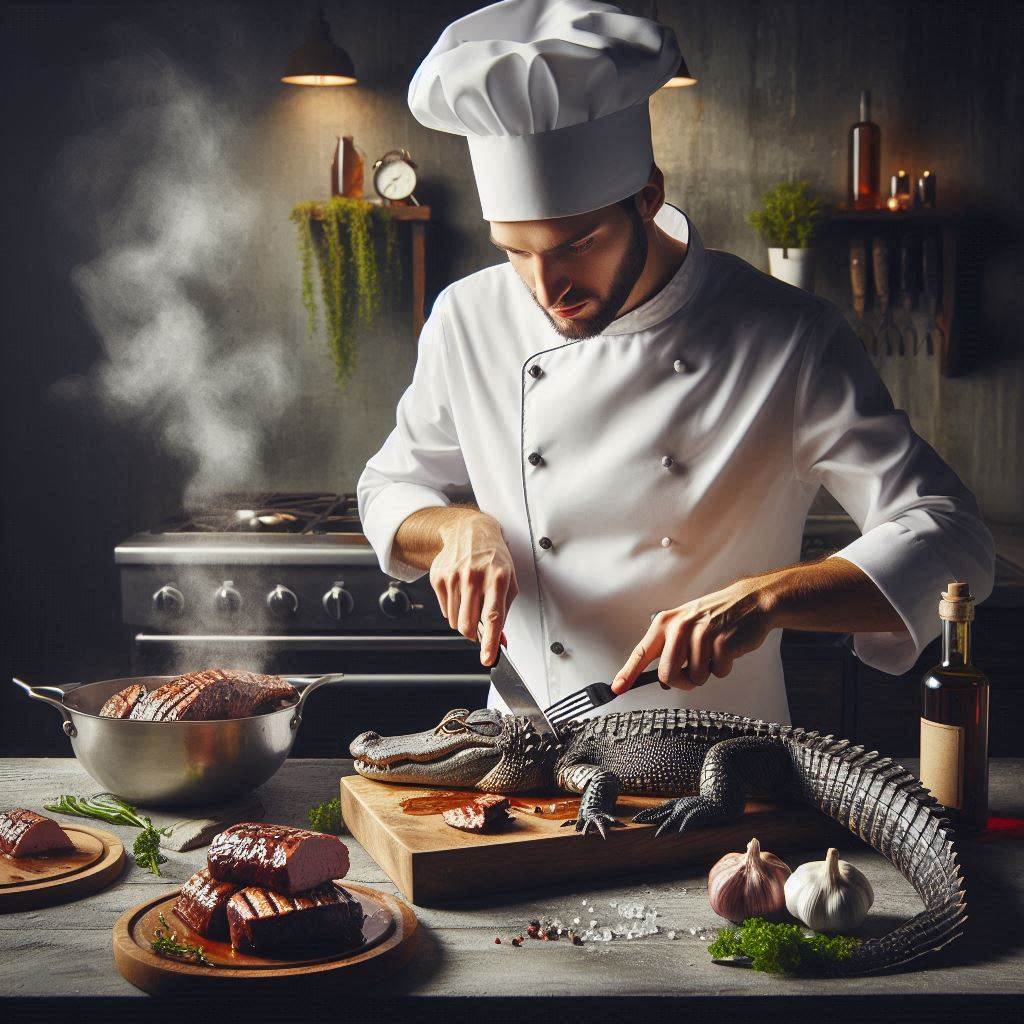
Understanding Alligator Meat: A Quick Primer
Before we jump into how to cook alligator meat in the oven, let’s get to know this intriguing ingredient a little better. Alligator meat is surprisingly lean, with a low-fat content that makes it a healthier choice for meat lovers. It’s packed with protein—more than chicken, believe it or not—and is loaded with vitamins and minerals like potassium and B12.
When it comes to cuts, the tail is the star of the show. It’s tender, delicate, and perfect for roasting. You might also come across tenderloin and ribs, which have their own unique flavors and textures. Think of alligator meat as a blank canvas—it absorbs marinades and seasonings like a dream. So, whether you’re going for a classic garlic and herb combo or something more adventurous, this meat is ready to soak it all in.
Preparing Alligator Meat: Getting Ready to Cook
When you’re ready to tackle how to cook alligator meat in the oven, proper preparation is key. Start by thawing your alligator meat if it’s frozen. The best method is to let it thaw overnight in the refrigerator. This keeps it at a safe temperature and ensures even cooking. Next, trim any excess fat and connective tissue from the meat. This step helps avoid a greasy texture and ensures a better bite.
A sharp knife will make this task easier and more precise. Marinating is another crucial step. It not only enhances the flavor but also helps tenderize the meat. A simple marinade might include olive oil, garlic, lemon juice, and your favorite herbs and spices. Let the meat soak in the marinade for at least an hour, or overnight for deeper flavor.
Ingredients and Tools Needed
Now that you’re prepped, let’s talk about what you’ll need for how to cook alligator meat in the oven. For ingredients, you’ll need alligator meat, ideally from the tail or tenderloin. You’ll also want olive oil or cooking spray, salt, pepper, and your choice of seasonings like paprika and garlic powder. Breadcrumbs or cornmeal are essential for breading. Eggs are used to help the breading stick. Optional additions like lemon wedges and hot sauce can elevate the final dish, adding a zesty touch.
As for tools, a baking sheet and a wire rack are crucial. The wire rack allows air circulation for an even, crispy texture. A meat thermometer is also handy to ensure your meat reaches the perfect internal temperature of 160°F (71°C). This section keeps the information clear and organized, making it easy for readers to gather what they need for cooking.
Step-by-Step Cooking Instructions
Alright, now that you’ve got your ingredients and tools ready, let’s dive into how to cook alligator meat in the oven.
- Preheat the Oven
First things first, preheat your oven to 375°F (190°C). This is the perfect temperature to get that crispy exterior while keeping the inside juicy. I remember the first time I cooked alligator meat—I was so eager to taste it that I accidentally skipped this step. Trust me, don’t make that mistake! - Prepare the Meat
Cut your alligator meat into bite-sized pieces. Season generously with salt, pepper, and any other spices you like. When I seasoned my first batch, I went a bit overboard with the paprika, but it added a nice smoky kick. Just be sure to balance your spices to taste. - Bread the Meat
Now, dredge each piece in flour, then dip it in beaten eggs, and coat it with breadcrumbs or cornmeal. I find that using cornmeal gives a delightful crunch, but you can use breadcrumbs for a finer texture. This is where the magic happens—the breading gives the alligator a wonderful crispy layer. - Arrange on Baking Sheet
Place your breaded pieces on a greased baking sheet or wire rack. Lightly spray or brush them with cooking oil to help them brown evenly. When I first started baking, I didn’t use the wire rack and ended up with soggier pieces. Trust me, the rack is worth it! - Bake
Bake your alligator meat for 20-25 minutes, flipping halfway through. Use a meat thermometer to make sure it reaches 160°F (71°C). I usually set a timer and check it a couple of minutes early because every oven is a bit different. The crispy exterior and juicy interior are what you’re aiming for. - Rest the Meat
Let the cooked alligator meat rest for about 5 minutes before serving. This step helps retain the juices, making each bite tender and flavorful. I’ve found that resting the meat makes a big difference in texture. - Serve
Serve with lemon wedges, hot sauce, or your favorite dipping sauces. I love pairing mine with a spicy remoulade—gives it an extra kick that’s just perfect.
Tips for Perfect Alligator Meat
When you’re figuring out how to cook alligator meat in the oven, a few extra tips can make a big difference.
- Avoid Overcooking
One of the biggest pitfalls with alligator meat is overcooking it. It can become tough and chewy if left in the oven too long. I once had a batch that was a bit overdone, and while it was still flavorful, the texture wasn’t quite right. Keep an eye on the meat, and use that meat thermometer to hit the sweet spot. - Use a Meat Thermometer
A meat thermometer is your best friend here. It ensures your alligator meat reaches the right internal temperature of 160°F (71°C) without guesswork. I remember when I first started cooking alligator meat, I didn’t have one, and it was a bit hit or miss. Now, it’s an essential part of my kitchen gear. - Experiment with Seasonings
Don’t be afraid to play around with seasonings. Whether it’s a sprinkle of Cajun spice or a dash of lemon zest, experimenting can lead to some delicious discoveries. I once added a mix of Italian herbs to my breading, and it turned out fantastic—like a surprise flavor party for my taste buds.
Serving Suggestions
When it comes to serving your alligator meat, presentation and accompaniments can take your dish from good to great.
- Side Dishes
Pair your alligator meat with some delicious side dishes to create a well-rounded meal. Roasted vegetables are a fantastic choice; their caramelized sweetness complements the savory meat perfectly. Rice or a fresh salad also works well, adding a nice contrast to the richness of the alligator. - Presentation Tips
Garnishing can make a big difference in how your dish looks and tastes. I like to add a few lemon wedges and a sprinkle of fresh herbs like parsley or cilantro. It adds a pop of color and a burst of freshness that enhances the overall experience. - A Personal Touch
One of my favorite ways to serve alligator meat is with a homemade dipping sauce. Whether it’s a tangy remoulade or a spicy aioli, it adds an extra layer of flavor that makes the meal memorable. It’s a little touch that always impresses my guests and gets them talking.
Conclusion
So there you have it—how to cook alligator meat in the oven in a way that’s both delicious and satisfying. Cooking alligator might seem like a culinary adventure, but with the right approach, it’s a rewarding experience. The key is to remember the steps: prepare, season, bread, bake, and serve with flair.
Don’t be afraid to experiment and make it your own. Each time you cook alligator meat, you’ll get a little better and maybe even discover a new favorite seasoning or side dish. And who knows? You might just become the go-to person for unique and tasty dishes at your next gathering. Give it a try, and enjoy the delicious, crispy results. Cooking alligator meat in the oven isn’t just about preparing a meal—it’s about adding a bit of adventure to your cooking routine. Bon appétit!
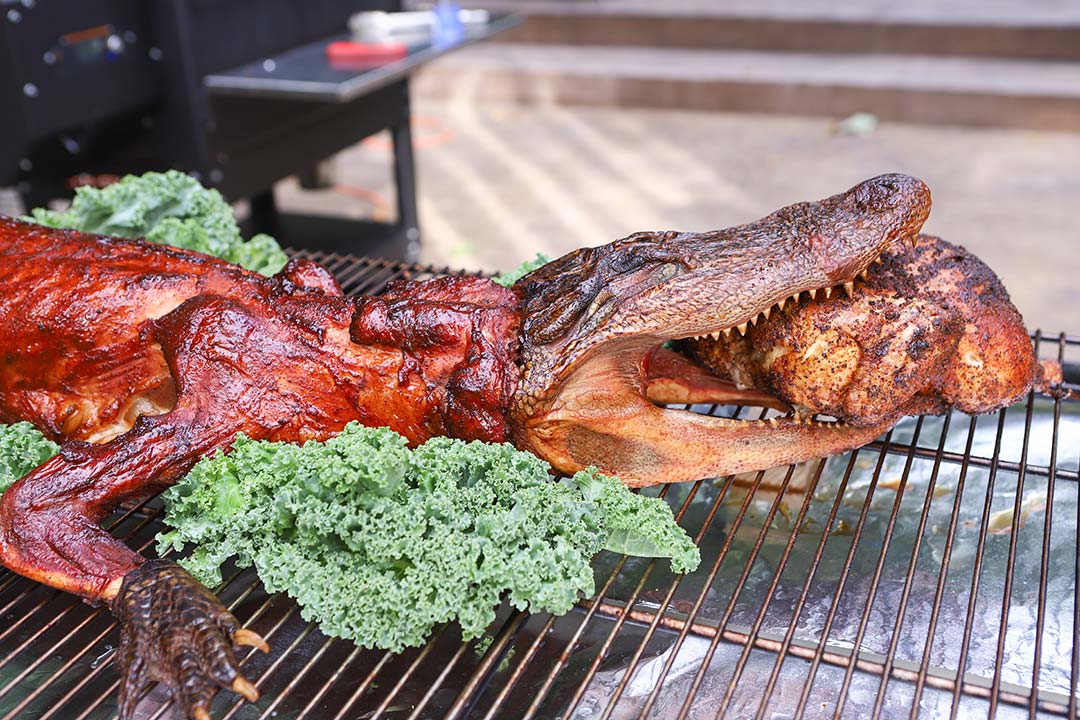
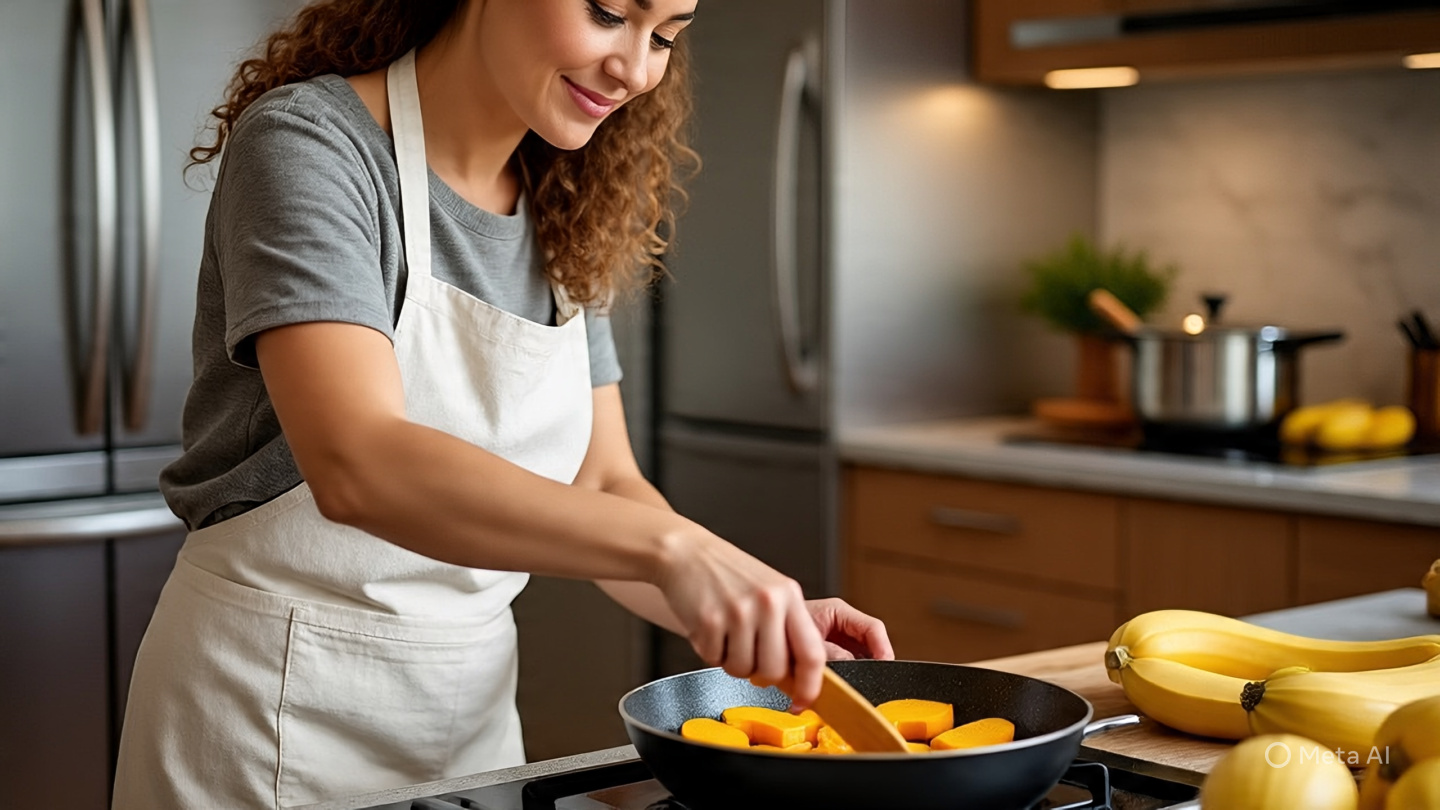
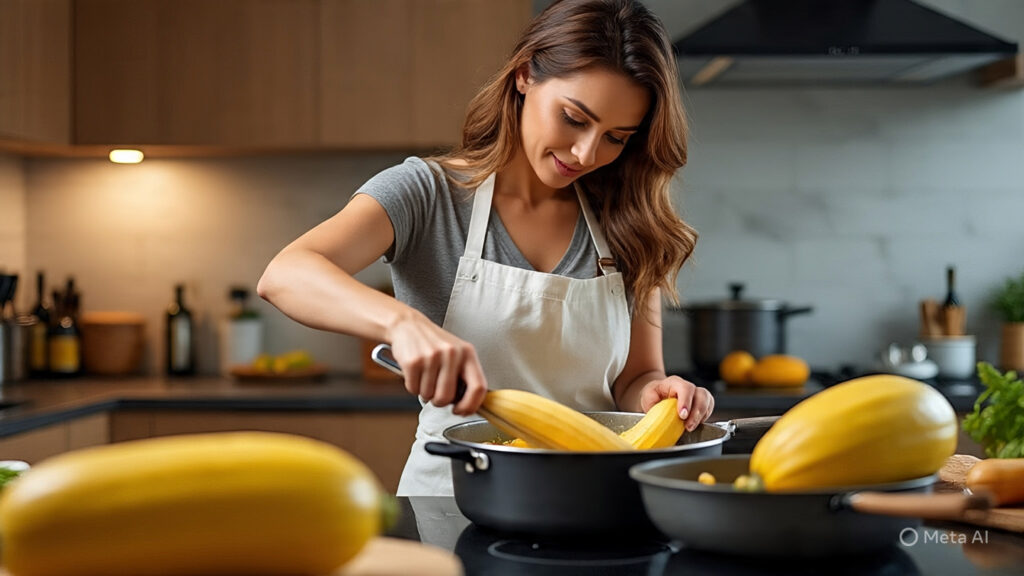
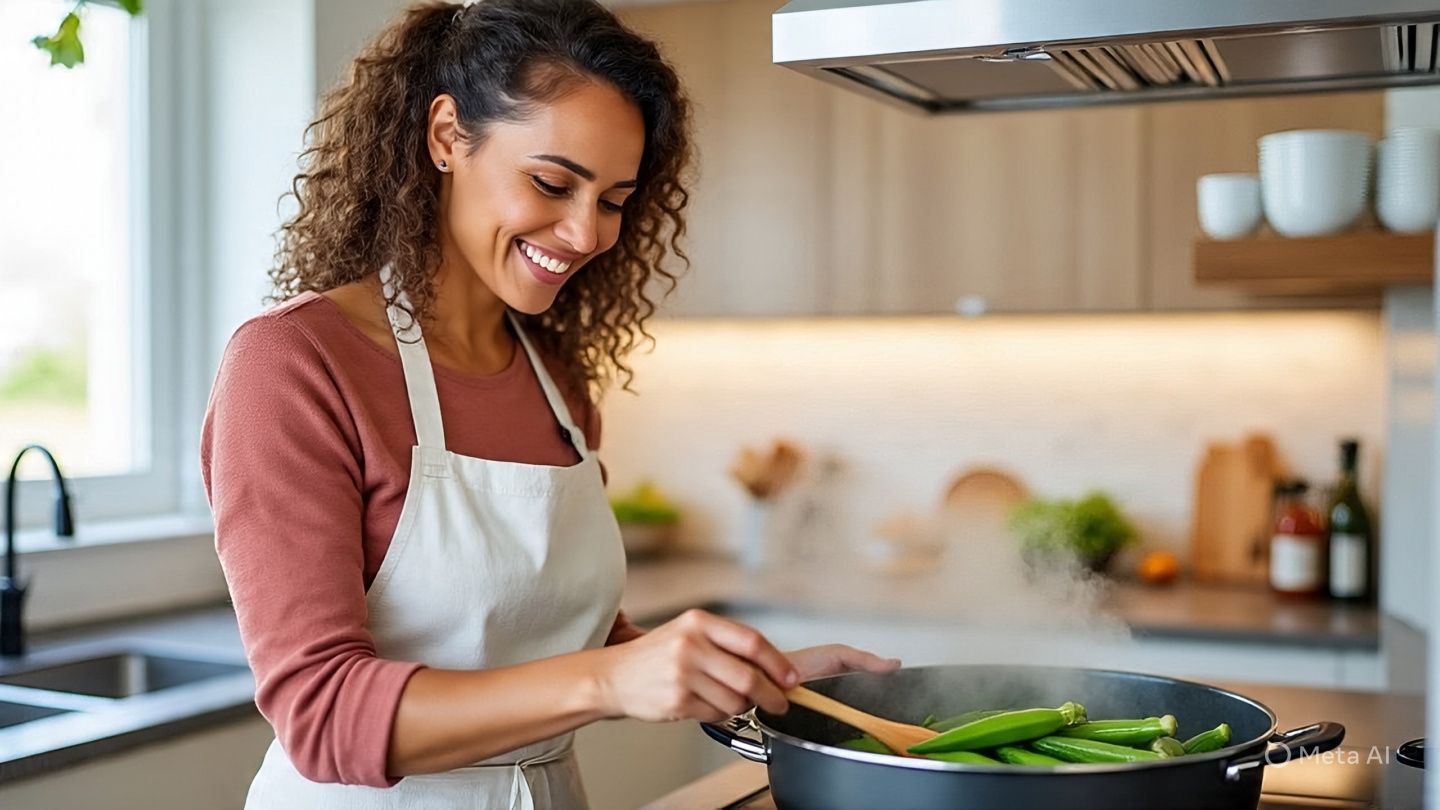
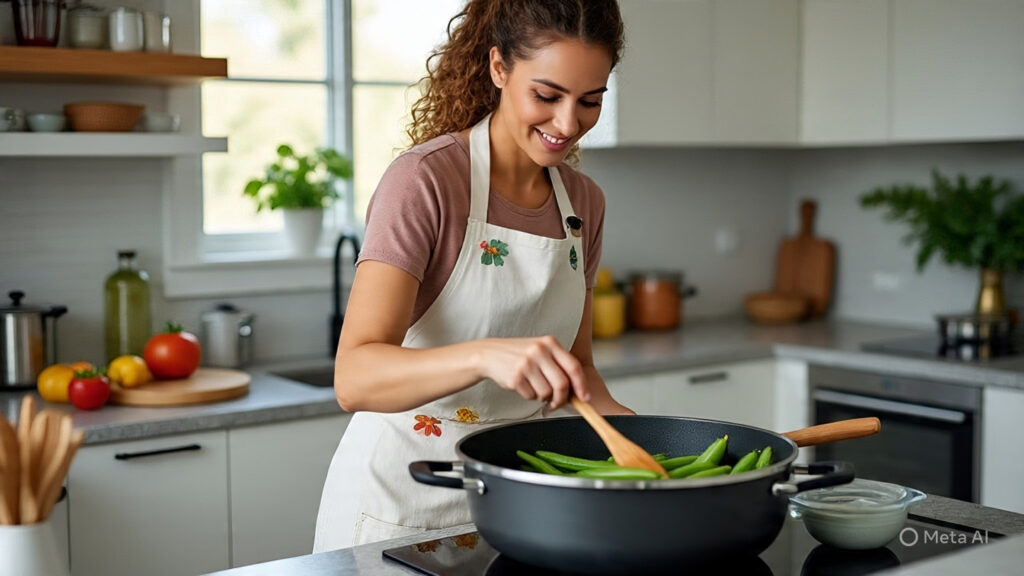
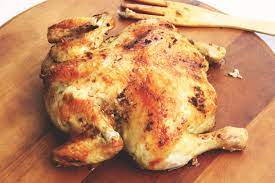

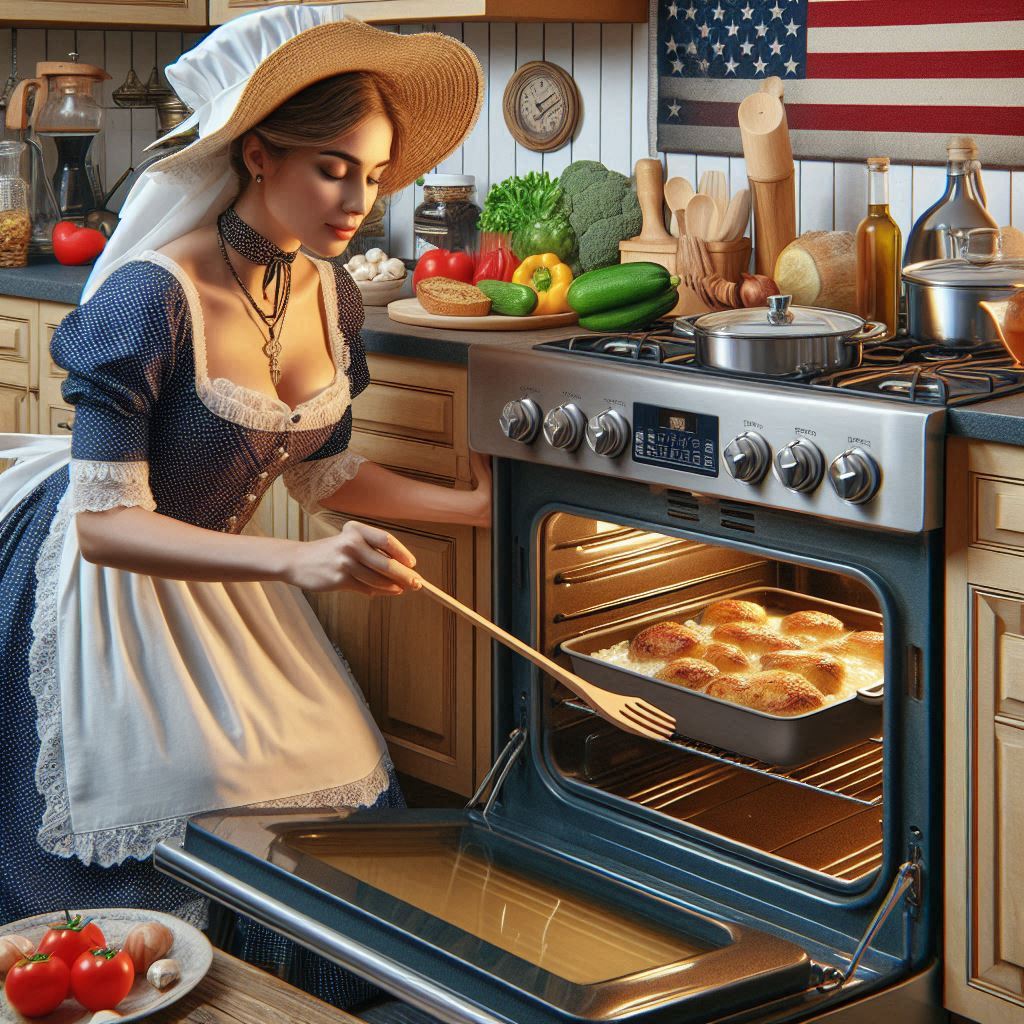

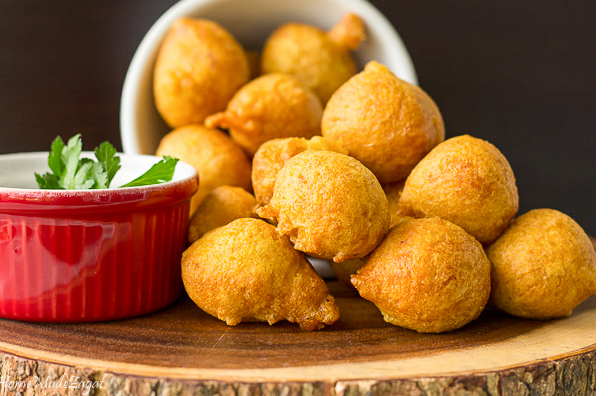

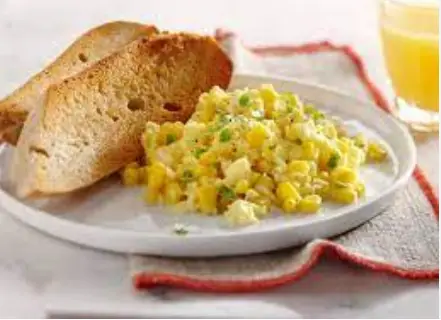

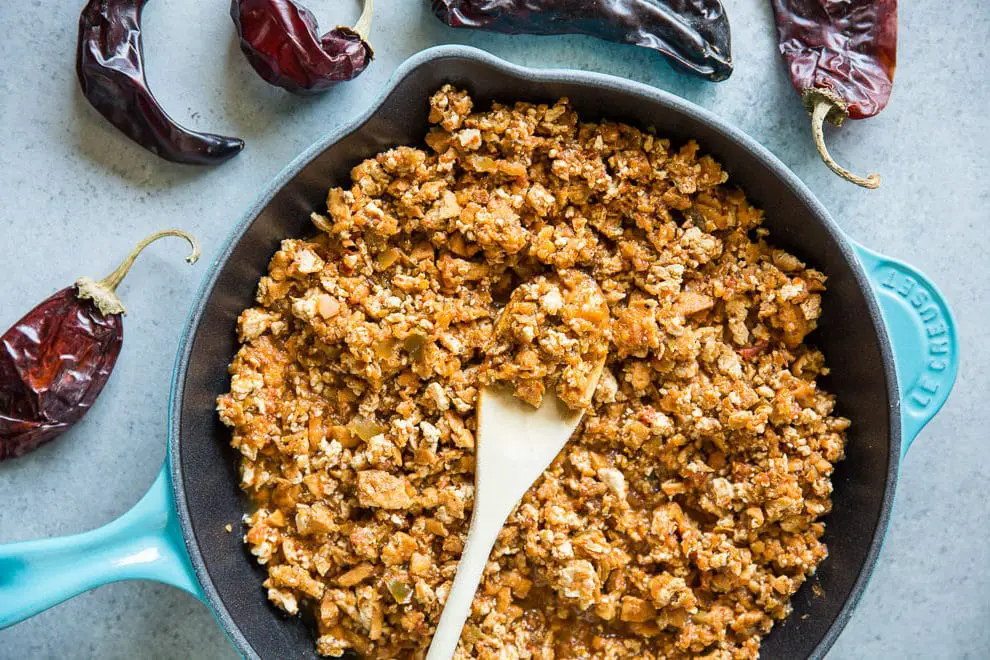

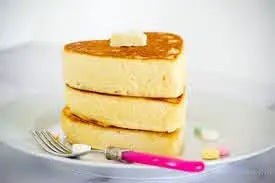
 I like my Toast almost-burnt and my waffles extra-crispy. When I started seeing pictures of impossibly fluffy, soufflé-like Japanese pancakes all over on social network platforms, I knew I needed to work out how to create them at home. After a bit of experimentation and a great deal of sugar consumption, I developed a foolproof recipe. Here’s how to do it.
I like my Toast almost-burnt and my waffles extra-crispy. When I started seeing pictures of impossibly fluffy, soufflé-like Japanese pancakes all over on social network platforms, I knew I needed to work out how to create them at home. After a bit of experimentation and a great deal of sugar consumption, I developed a foolproof recipe. Here’s how to do it.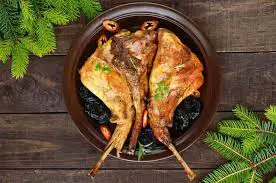
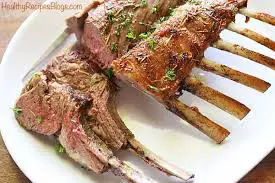
 Are you one of those people who have never tasted lamb? Are you curious about the exact taste of lamb? You may hesitate because the meat is more unusual, but when you taste it, you will find out that lamb tastes like a wonderfully tender and crispy specialty meat.
Are you one of those people who have never tasted lamb? Are you curious about the exact taste of lamb? You may hesitate because the meat is more unusual, but when you taste it, you will find out that lamb tastes like a wonderfully tender and crispy specialty meat.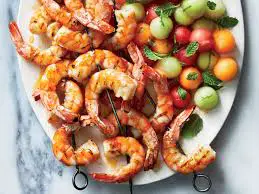
 Nothing is more delicious than fully cooked shrimp. How many times have you been in the kitchen while roasting shrimp? In case you sound like me, cooking shrimp is not something you do from time to time. This article is to a lesser extent a formula, but generally a guide to methods. Cooking shrimp is so natural if you just know how to do it.
Nothing is more delicious than fully cooked shrimp. How many times have you been in the kitchen while roasting shrimp? In case you sound like me, cooking shrimp is not something you do from time to time. This article is to a lesser extent a formula, but generally a guide to methods. Cooking shrimp is so natural if you just know how to do it.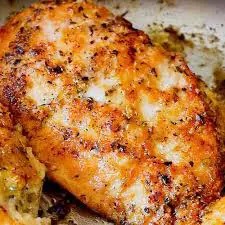
 To begin with, boneless, skinless chicken breasts are a staple in the kitchen, which I offer four times a week for dinner anyway. They can be thrown on the grill for a simple dinner or thrown on the slow cooker on a hectic day. However, like cooking chicken, sautéing it in a pan has never been my forte. I usually end up with an intensely dry chicken breast that no amount of sauce or smooth and creamy side dishes can help.
To begin with, boneless, skinless chicken breasts are a staple in the kitchen, which I offer four times a week for dinner anyway. They can be thrown on the grill for a simple dinner or thrown on the slow cooker on a hectic day. However, like cooking chicken, sautéing it in a pan has never been my forte. I usually end up with an intensely dry chicken breast that no amount of sauce or smooth and creamy side dishes can help.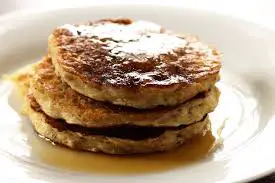
 As for myself, I’m someone who likes the idea of having pancakes on Sunday mornings – and lots of pancakes, so to say. In fact, I’ve been gobbling up all these regular pancakes lazily relaxing on my bed with a few cups of tea or hot coffee around.
As for myself, I’m someone who likes the idea of having pancakes on Sunday mornings – and lots of pancakes, so to say. In fact, I’ve been gobbling up all these regular pancakes lazily relaxing on my bed with a few cups of tea or hot coffee around.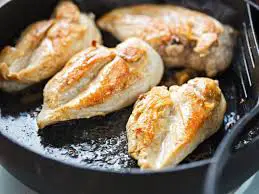
 To begin with, knowing the correct doneness temperature when cooking chicken guarantees juicy results, but what if the meat or juice is pink and there seems to be blood in it? If you’re like many others, the sight of anything other than completely opaque meat with clear juices can make you shiver when chicken is provided on the dinner table in that manner.
To begin with, knowing the correct doneness temperature when cooking chicken guarantees juicy results, but what if the meat or juice is pink and there seems to be blood in it? If you’re like many others, the sight of anything other than completely opaque meat with clear juices can make you shiver when chicken is provided on the dinner table in that manner. Chicken thighs and all brown chicken meat should be cooked at a higher temperature – 175 to 180 F – because of their greater proportion of connective tissue. Cooking thigh meat at 165° F produces a gummy, soft meat, but at 175 to 180° F it is tender and juicy, while the collagen melts and turns into jelly.
Chicken thighs and all brown chicken meat should be cooked at a higher temperature – 175 to 180 F – because of their greater proportion of connective tissue. Cooking thigh meat at 165° F produces a gummy, soft meat, but at 175 to 180° F it is tender and juicy, while the collagen melts and turns into jelly.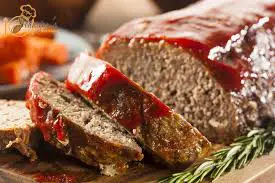

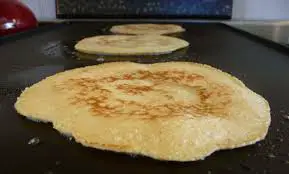
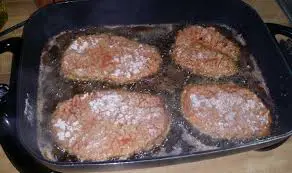
 Steak is one of the favorite dishes of most meat lovers. A well-prepared steak has a rich taste, and it looks tender and aromatic with the smell of well cooked beef. Usually steaks for home use
Steak is one of the favorite dishes of most meat lovers. A well-prepared steak has a rich taste, and it looks tender and aromatic with the smell of well cooked beef. Usually steaks for home use 
 Soft and fluffy pancakes give every weekend a special look! Sometimes it’s hard to get those perfect soft pancakes that melt on your tongue and you end up with flat and hard pancakes instead. Here are some helpful tips to make the pancakes softer and fluffier so that you can take your pancake-making skills to the next level.
Soft and fluffy pancakes give every weekend a special look! Sometimes it’s hard to get those perfect soft pancakes that melt on your tongue and you end up with flat and hard pancakes instead. Here are some helpful tips to make the pancakes softer and fluffier so that you can take your pancake-making skills to the next level.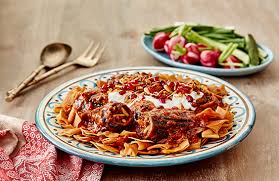
 First, you will have to heat the oven to 200°C/fan 180°C/gas 6. Next, you will have to cut the aubergines lengthwise into quarters and slice them into 1 cm thick slices. Then, you will have to place the slices of aubergine in an oven dish lined with baking paper. Then you should mix with a generous pinch of salt and pepper. Fry for 25 minutes until they are
First, you will have to heat the oven to 200°C/fan 180°C/gas 6. Next, you will have to cut the aubergines lengthwise into quarters and slice them into 1 cm thick slices. Then, you will have to place the slices of aubergine in an oven dish lined with baking paper. Then you should mix with a generous pinch of salt and pepper. Fry for 25 minutes until they are